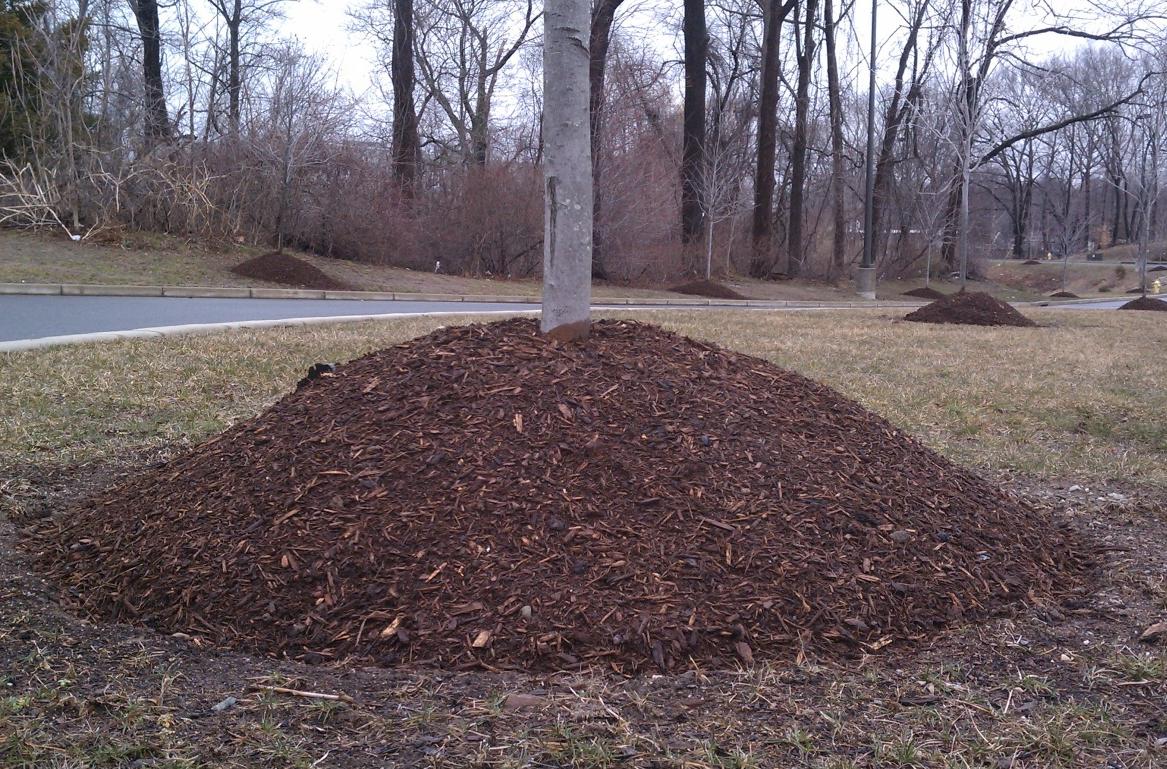A rain garden provides a healthy solution to drainage problems that can save you time and money in the long run. With winter slowly rolling in, you’re probably already hoping for spring to come sooner. But all the wet weather ahead may be disastrous for your lawn. Heavy snowfall and rain can lead to problems with drainage that impacts your lawn. Here’s how a rain garden can save your lawn!
What is a Rain Garden?
A rain garden is normally decorated with flowers, plants and other vegetation. Essentially, a rain garden is a depressed area in your lawn that mimics the look of a small pond. It is designed to absorb water and filter out pollutants, cleaning the water and soil. Rain gardens offer ecological and economic benefits while adding a touch of elegance.
Conserves water and reduces pollutants
The stormwater that runs off may leach pollutants into your lawn. A rain garden can help reduce the amount of runoff a lawn accumulates. According to a fact sheet from the United States Department of Agriculture, rain gardens can absorb thirty to forty percent more runoff than a regular lawn. This amazing benefit also helps water conservation and blocks the flow of pollutants from runoff into natural waters. The natural look and feel of a rain garden gives a warm welcome to wildlife.
How American Landscape can make your lawn more sustainable
Inhabits wildlife and drives out the pests
Your lawn should be open to all wild inhabitants. According to the Environmental Protection Agency, rain gardens provide a habitable place for butterflies and birds. Of course, you don’t want all the animals flocking to your lawn. Fear not; according to research from Penn State, the rain gardens drainage abilities prevent standing water, which often attracts mosquitoes. Creating a space for wildlife is only part of a rain garden’s ability to add biodiversity.
Biodiversity adds a touch of beauty
The vast amount of vegetation and plants that can be hosted in your rain garden adds beauty to your lawn. The most important part of choosing plants for your rain garden is making sure they can withstand wet and dry conditions. According to the Wisconsin Department of Natural Resources, choosing prairie flowers that are native to Wisconsin may be your best choice; they can withstand long periods of dryness, which works well with our iffy climate.
Rain gardens require little to no maintenance
Taking good care of your rain garden is easy and adds longevity to your lawn. According to a fact sheet from the Wisconsin Department of Natural Resources, simply weeding, watering and trimming your plants is the best practice for maintaining a rain garden. Rain gardens do a great job circulating water, allowing your plants to maintain good health over long periods of varying weather.
A Final Word on Rain Gardens
Rain gardens are fascinating, beautiful and ecologically beneficial. If a plain, green lawn isn’t cutting it for you, a rain garden may spruce up the liveliness of your home. Not sure where to start? American Landscape specializes in sustainable lawn care, and many other services. Give us a call for more information!
 Flowers
Flowers Lawn
Lawn Trees/Shrubs
Trees/Shrubs 




 If mulch is piled against the tree trunk, rake away from the center.
If mulch is piled against the tree trunk, rake away from the center.